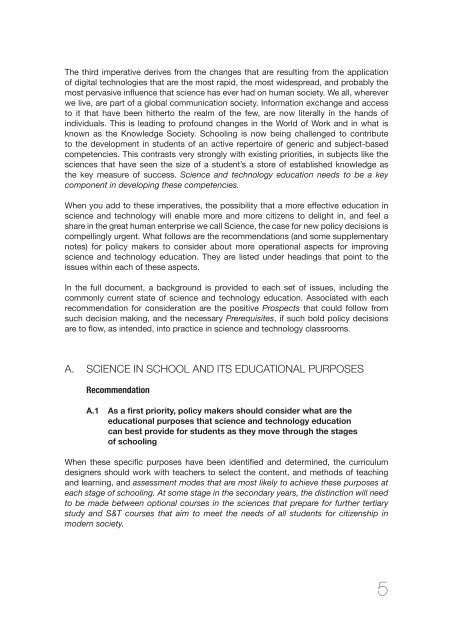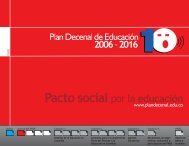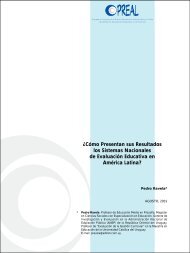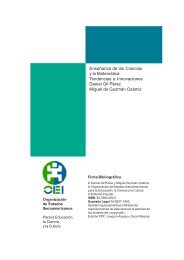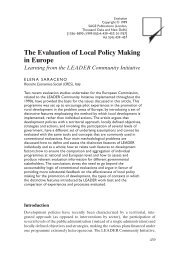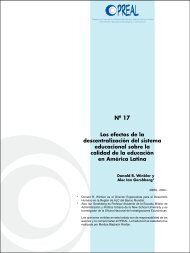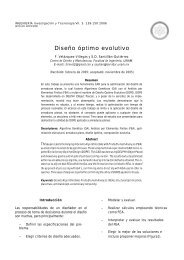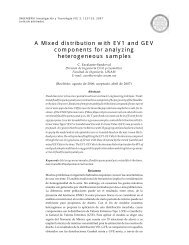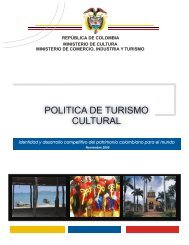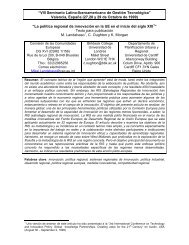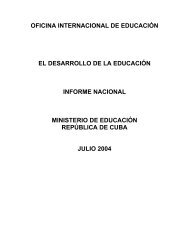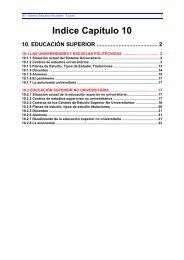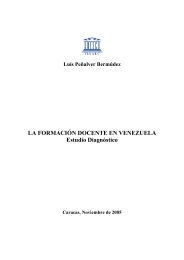Science education policy-making: eleven emerging issues; 2008 - OEI
Science education policy-making: eleven emerging issues; 2008 - OEI
Science education policy-making: eleven emerging issues; 2008 - OEI
You also want an ePaper? Increase the reach of your titles
YUMPU automatically turns print PDFs into web optimized ePapers that Google loves.
The third imperative derives from the changes that are resulting from the application<br />
of digital technologies that are the most rapid, the most widespread, and probably the<br />
most pervasive influence that science has ever had on human society. We all, wherever<br />
we live, are part of a global communication society. Information exchange and access<br />
to it that have been hitherto the realm of the few, are now literally in the hands of<br />
individuals. This is leading to profound changes in the World of Work and in what is<br />
known as the Knowledge Society. Schooling is now being challenged to contribute<br />
to the development in students of an active repertoire of generic and subject-based<br />
competencies. This contrasts very strongly with existing priorities, in subjects like the<br />
sciences that have seen the size of a student’s a store of established knowledge as<br />
the key measure of success. <strong>Science</strong> and technology <strong>education</strong> needs to be a key<br />
component in developing these competencies.<br />
When you add to these imperatives, the possibility that a more effective <strong>education</strong> in<br />
science and technology will enable more and more citizens to delight in, and feel a<br />
share in the great human enterprise we call <strong>Science</strong>, the case for new <strong>policy</strong> decisions is<br />
compellingly urgent. What follows are the recommendations (and some supplementary<br />
notes) for <strong>policy</strong> makers to consider about more operational aspects for improving<br />
science and technology <strong>education</strong>. They are listed under headings that point to the<br />
<strong>issues</strong> within each of these aspects.<br />
In the full document, a background is provided to each set of <strong>issues</strong>, including the<br />
commonly current state of science and technology <strong>education</strong>. Associated with each<br />
recommendation for consideration are the positive Prospects that could follow from<br />
such decision <strong>making</strong>, and the necessary Prerequisites, if such bold <strong>policy</strong> decisions<br />
are to flow, as intended, into practice in science and technology classrooms.<br />
A. SCIENCE IN SCHOOL AND ITS EDUCATIONAL PURPOSES<br />
Recommendation<br />
A.1 As a first priority, <strong>policy</strong> makers should consider what are the<br />
<strong>education</strong>al purposes that science and technology <strong>education</strong><br />
can best provide for students as they move through the stages<br />
of schooling<br />
When these specific purposes have been identified and determined, the curriculum<br />
designers should work with teachers to select the content, and methods of teaching<br />
and learning, and assessment modes that are most likely to achieve these purposes at<br />
each stage of schooling. At some stage in the secondary years, the distinction will need<br />
to be made between optional courses in the sciences that prepare for further tertiary<br />
study and S&T courses that aim to meet the needs of all students for citizenship in<br />
modern society.<br />
5


